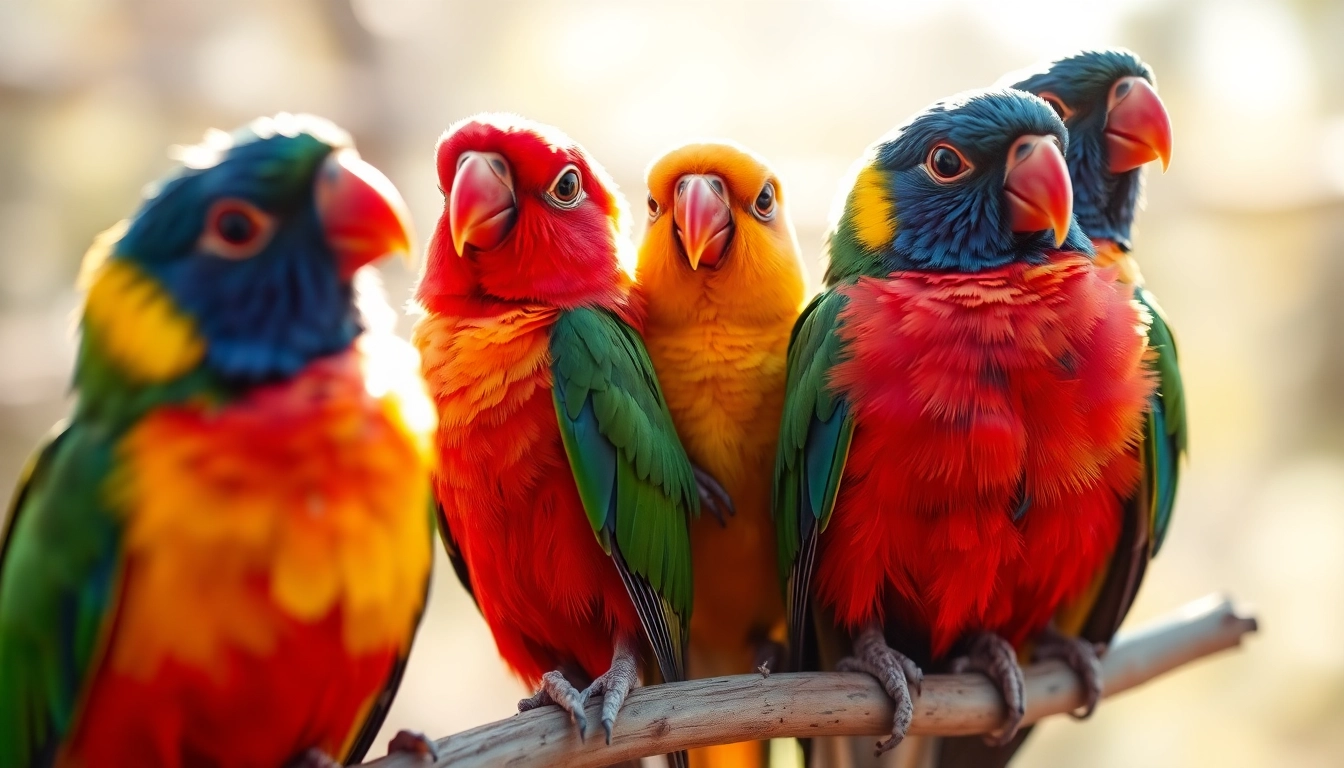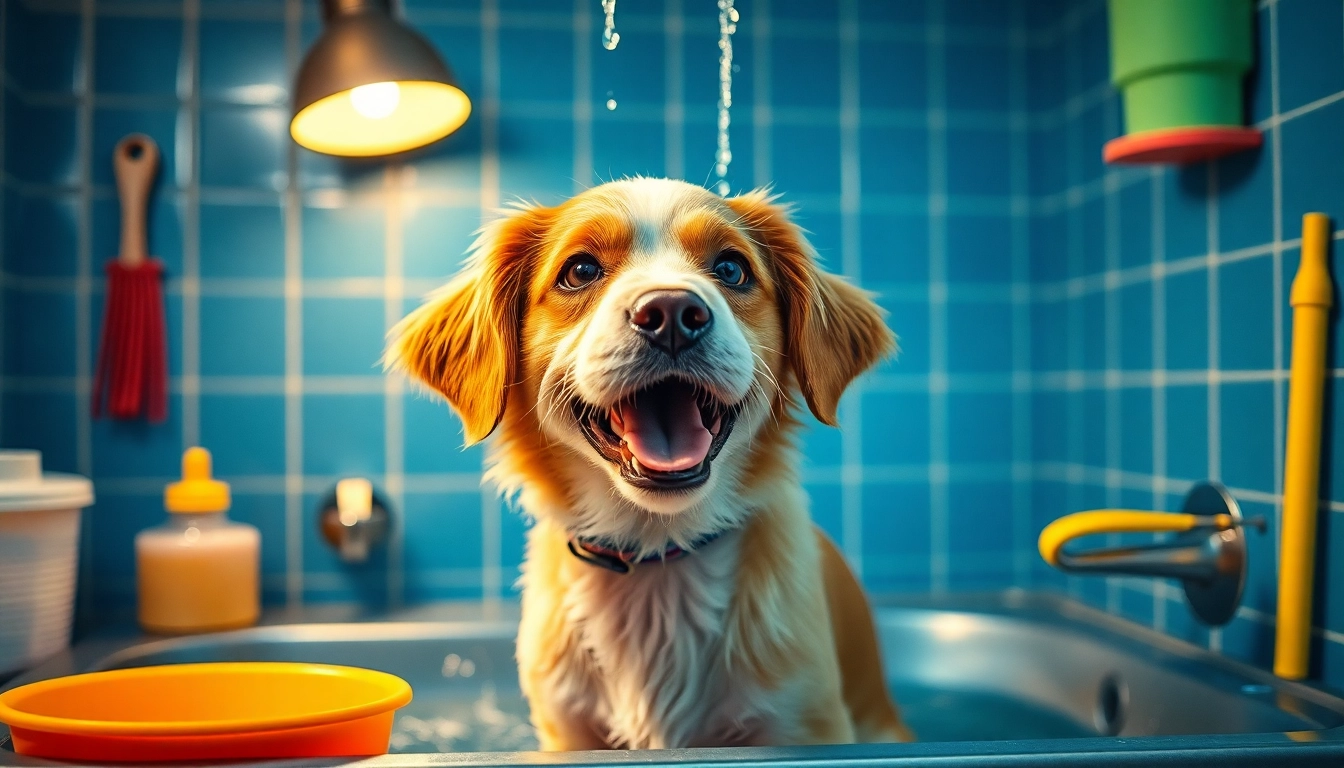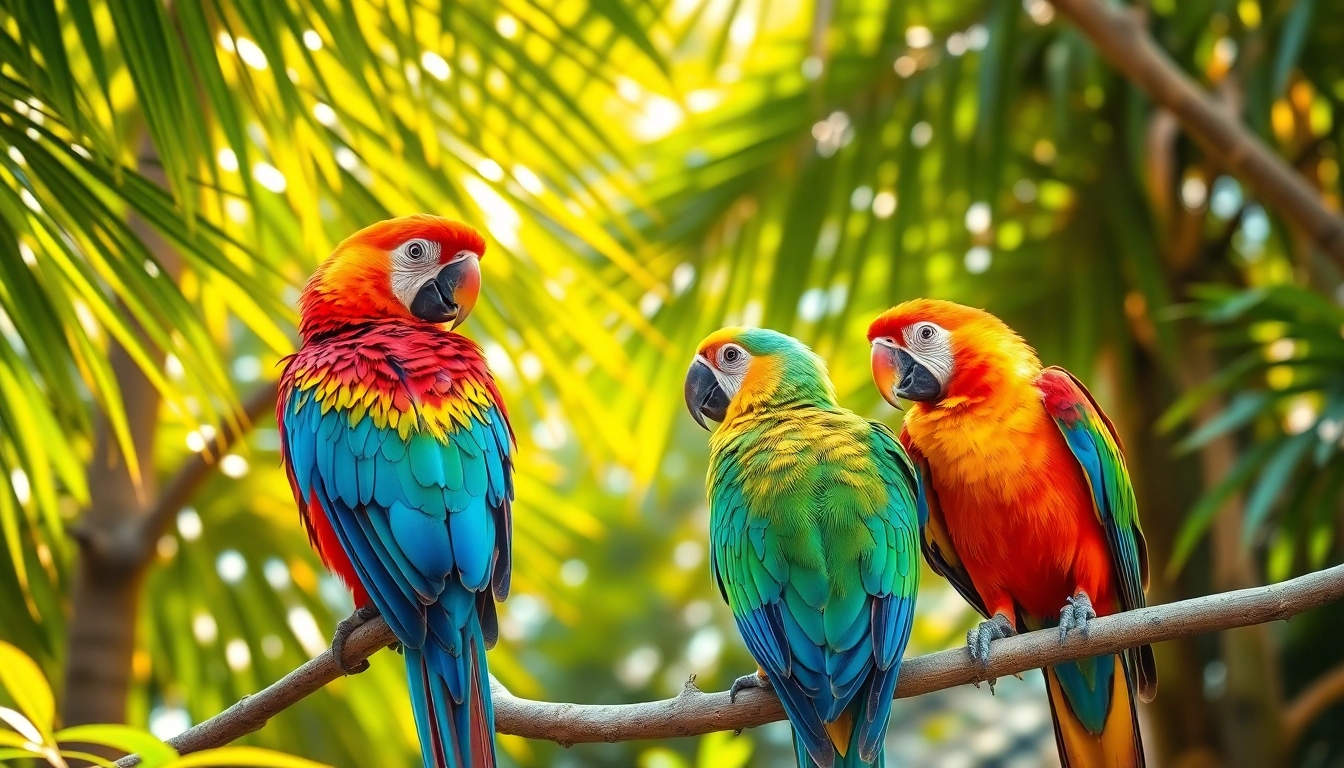Comprehensive Guide to Caring for Healthy and Happy Pet Birds
Understanding Different Types of Pet Birds and Their Needs
Pet birds are among the most charming and diverse companions, ranging from tiny finches to majestic parrots. Choosing the right bird requires understanding their unique characteristics, habitat needs, and compatibility with your lifestyle. Popular pet bird species such as budgerigars, cockatiels, lovebirds, African greys, and cockatoos each have distinct personalities and care requirements. For instance, smaller birds like finches are ideal for beginners due to their manageable size and simpler care routines, while larger parrots demand more space, mental stimulation, and social interaction. Tailoring your care approach starts with recognizing these differences and planning accordingly.
The habitat and enclosure are critical to a pet bird’s health and happiness. Birds require spacious cages that accommodate their size and activity level, with ample room for flight or movement. Enclosures should provide a variety of perches at different heights, natural branches when possible, and safe toys to promote physical activity. Environmental conditions matter greatly—adequate lighting, especially UV exposure, and proper ventilation are vital components that imitate their natural habitats. Ensuring a comfortable temperature, free from drafts and direct sunlight, helps prevent stress and illness.
When selecting a pet bird, it’s essential to consider your own lifestyle, including the amount of time you can dedicate to interaction and the space available at home. Some species, like cockatiels and conures, thrive on daily socialization and mental engagement, while others, such as finches, are more independent. Your experience with birds also influences your choice. Beginners might prefer smaller, low-maintenance species, whereas seasoned owners can handle the complexity of large parrots requiring specialized care routines. Making an informed decision ensures a successful, long-term partnership that benefits both owner and bird.
Healthy Diet and Nutrition for Pet Birds
Essential nutrients and feeding schedules
Proper nutrition is the foundation of a healthy, vibrant pet bird. Key nutrients include high-quality pellets, fresh vegetables, fruits, seeds, and occasional treats. Pellets formulated for specific species deliver essential vitamins, minerals, and amino acids that support immune health, feather condition, and overall vitality. Fresh greens like spinach, kale, and carrots provide fiber and micronutrients vital for digestion and immunity. Fruits such as apples, berries, and melons serve as tasty treats but should be offered in moderation due to sugar content. Establishing a consistent feeding schedule—typically daily with multiple small meals—helps regulate digestion and prevents overeating.
Safe treats and supplements to enhance health
Supplementing your bird’s diet with natural treats like millet sprays or oven-dried herbs can encourage foraging behavior and enrich their environment. Additionally, mineral blocks and cuttlebone supply necessary calcium and other trace elements critical for beak and bone health. Some species benefit from specific vitamin supplements, especially during molting or breeding periods, but these should only be administered under veterinary guidance to prevent overdose.
Foods to avoid to prevent poisoning and illness
Not all foods are safe for birds. Avoid feeding your pet bird chocolate, caffeine, alcohol, avocado, onion, garlic, and foods that contain high levels of salt or sugar. Toxic plants such as lilies, tulips, and philodendrons must also be kept out of reach. Improper diet can lead to obesity, vitamin deficiencies, or poisoning. Regularly removing uneaten perishable foods minimizes bacterial growth and mold, supporting a clean, healthy environment.
Training and Behavioral Management for Pet Birds
Effective methods to socialize your pet bird
Socialization is essential for building trust and reducing fear in pet birds. Gentle handling, consistent interaction, and positive reinforcement are effective strategies. Start by approaching your bird calmly and offering treats for calm behavior. Spending time near their cage, talking softly, and gradually introducing them to your hand helps foster familiarity. For species prone to shyness or aggression, patience and gentle encouragement are key. Enrichment through vocalization, gentle petting, and interactive play further strengthens the bond and reduces behavioral issues stemming from loneliness or anxiety.
How to reduce stress and undesirable behaviors
Stress impacts a bird’s physical and mental health, manifesting as feather plucking, screaming, or self-mutilation. Maintaining a predictable routine, minimizing loud noises, and providing hiding spots like small tents or perches help create a secure environment. Avoid sudden movements or rough handling, which can terrify delicate species. Address undesirable behaviors through positive reinforcement—reward calm behavior with treats or praise—and redirect inappropriate actions with appropriate toys or activities. Ensuring the cage is free of hazards and providing ample stimulation mitigate boredom-induced stress.
Enrichment activities for mental stimulation
Engaging toys like puzzles, mirrors, and foraging items keep birds mentally active. Rotate toys regularly to maintain novelty and interest. Scratching posts, swings, and natural branches mimic their natural environment and encourage physical activity. Training sessions that teach tricks or commands not only stimulate cognition but also deepen your connection. Foraging for food hidden in specialized toys nourishes their instinct to search and peck, preventing boredom and promoting natural behaviors.
Preventive Care and Routine Health Checks
Signs of common bird illnesses and their prevention
Monitoring your bird’s health involves recognizing early signs of illness — such as fluffed feathers, lethargy, changes in droppings, or difficulty breathing. Regular observation allows prompt detection. Preventative measures include maintaining a clean cage, providing fresh water, and avoiding exposure to drafts or pollutants. Quarantining new birds before introduction and vaccinations against avian diseases further safeguard your pet’s health.
Regular cleaning and maintenance of cages
Hygienic cage maintenance is crucial. Clean perches, toys, and cages weekly using bird-safe disinfectants. Remove droppings daily and replace substrate as needed. Fresh food and water should be available at all times, with water containers scrubbed regularly to prevent bacterial growth. Proper sanitation reduces the risk of infections like Psittacosis, avian influenza, and fungal diseases, ensuring a healthy environment that encourages longevity.
When to seek veterinary care for pet birds
If your bird shows persistent signs such as ruffled feathers, difficulty breathing, discharges, or sudden changes in behavior or appetite, consult an avian veterinarian promptly. Regular checkups—at least annually—are recommended, especially for mature or breeding birds. Preventative diagnostics, like blood work or feather sampling, help detect underlying conditions early, enabling effective treatment and maintaining optimal health.
Creating a Safe and Stimulating Environment for Pet Birds
Optimal cage placement and lighting considerations
Position the cage in a well-lit area away from direct sunlight, drafts, and kitchens or smoke sources. Natural indirect light supports circadian rhythms; supplementing with full-spectrum lighting can enhance vitamin D synthesis. Avoid placing cages in busy areas prone to sudden noise or stressors. Quiet, stable environments foster peaceful, healthy birds.
Incorporating toys and natural elements
Natural branches, safe plants, and a variety of toys enrich the environment. Providing different textures, colors, and shapes encourages exploration and physical activity. Natural elements like hay or untreated wood branches promote foraging and satisfy instinctual behaviors, reducing boredom and improving mental alertness.
Tips for stress-free handling and interaction
Handle your bird gently, supporting their body fully and avoiding sudden movements. Respect their signals; if a bird fluffs up or bites, give them space. Establish routines that foster trust, such as daily gentle interaction and consistent care. Using calm voices and slow movements minimizes anxiety, making handling enjoyable and stress-free for both owner and bird.



